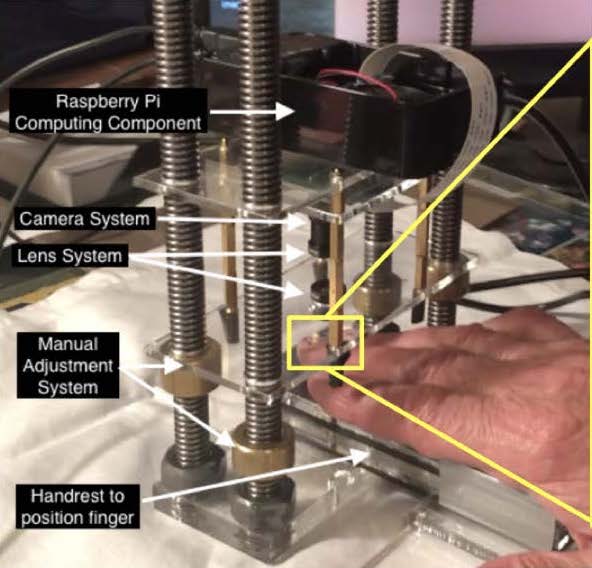 Steven H. Krosnick (First) Prize: The Onchoscope, Stanford University
Steven H. Krosnick (First) Prize: The Onchoscope, Stanford University
Clay Ellington, Claire Lamadrid, Marissa MacAvoy, Julia Schaepe, Kelsie Wysong
A low-cost microscope that could help diagnose Onchocerciasis, often called river blindness, a parasitic disease that causes extreme itchiness and, eventually, blindness. It affects more than 20 million people worldwide. The Onchoscope has the ability to diagnose the disease more accurately than the current standard of care and can also be used to monitor the parasitic load over time to evaluate the effectiveness of treatment.
Click here to watch a video on this project
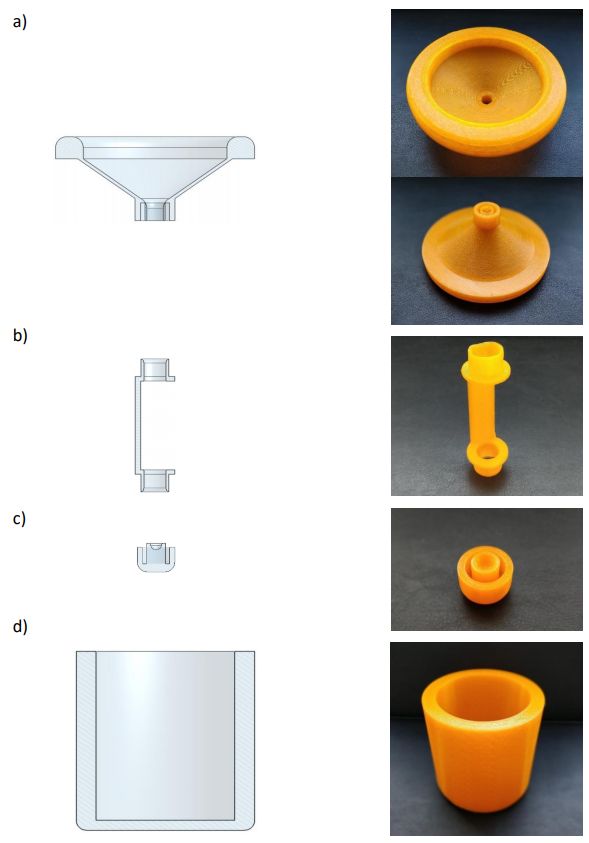 Second Place: Osmotic concentrator to diagnose tuberculosis, University of Washington, Seattle
Second Place: Osmotic concentrator to diagnose tuberculosis, University of Washington, Seattle
Samuel (Sheng-You) Chen, Ruby Lunde, Abe (Yuan-Che) Wu
Confirming a TB diagnosis involves invasive sputum samples, which can be difficult for children and people who are immunocompromised. A urine-based test would be both cheaper and easier to collect. However, because urine is 95% water, there are currently no tests that are sensitive enough to accurately diagnose TB. This new device concentrates urine so that the biomarkers can be detected by lateral flow strip tests.
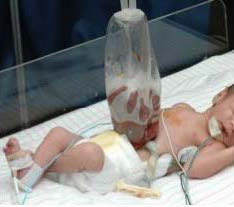 Third Place: Low-cost Silo for gastroschisis, Duke University
Third Place: Low-cost Silo for gastroschisis, Duke University
Muthu Arivoli, Arushi Biswas, Nolan Burroughs, Caroline Salzman, Patrick Wilson
This low-cost silo can be used to help save the lives of infants in Sub-Saharan Africa who suffer from gastroschisis, a birth defect where the bowel develops outside the baby’s body. The silo is a plastic bag with a semi-rigid opening that is used to protect and contain the baby’s internal organs until they can be reintroduced into the abdomen. Children in high income countries who suffer from gastroschisis have a survival rate of more than 95%. However, babies in Sub-Saharan Africa have a survival rate of less than 10%. This is often because they do not have a dedicated silo for the intestines and instead end up using an intravenous fluid bag or even an examination glove. The device is an affordable alternative that costs less than five dollars and could help drastically increase the survival of children suffering from gastroschisis.
Click here to watch a video on this project
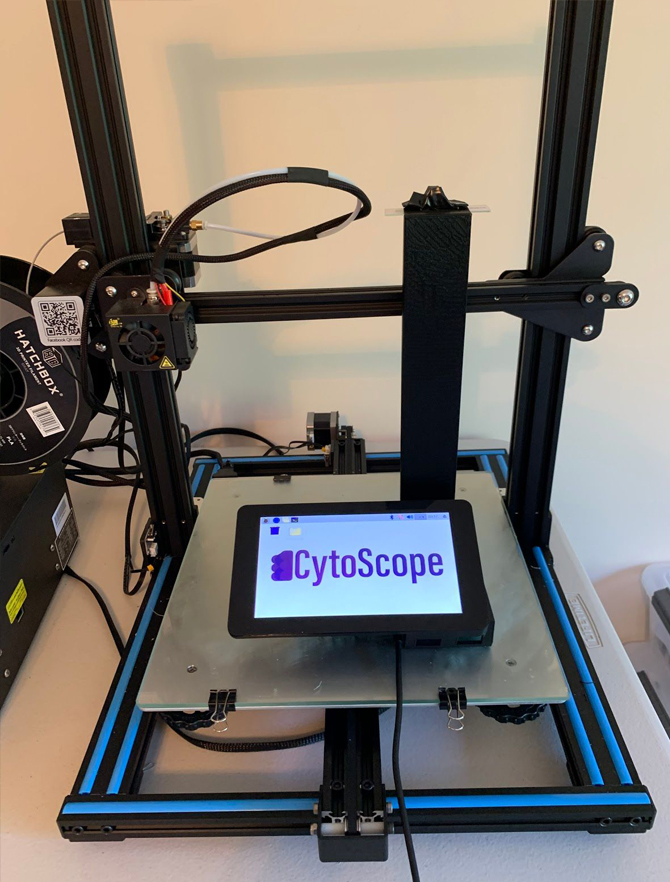 HIV/AIDS Prize: CytoScope: The Future of HIV Monitoring, Johns Hopkins University
HIV/AIDS Prize: CytoScope: The Future of HIV Monitoring, Johns Hopkins University
Nathan Riemann, Alexandra Szewc, Jerry Zhang
The CytoScope is a low-cost microscope that is able to quickly analyze blood samples to monitor the progression of HIV and warn the patient if the disease has progressed. The relatively low cost of this microscope could help expand the monitoring of HIV/AIDS, especially in low income areas.
Click here to watch a video on this project
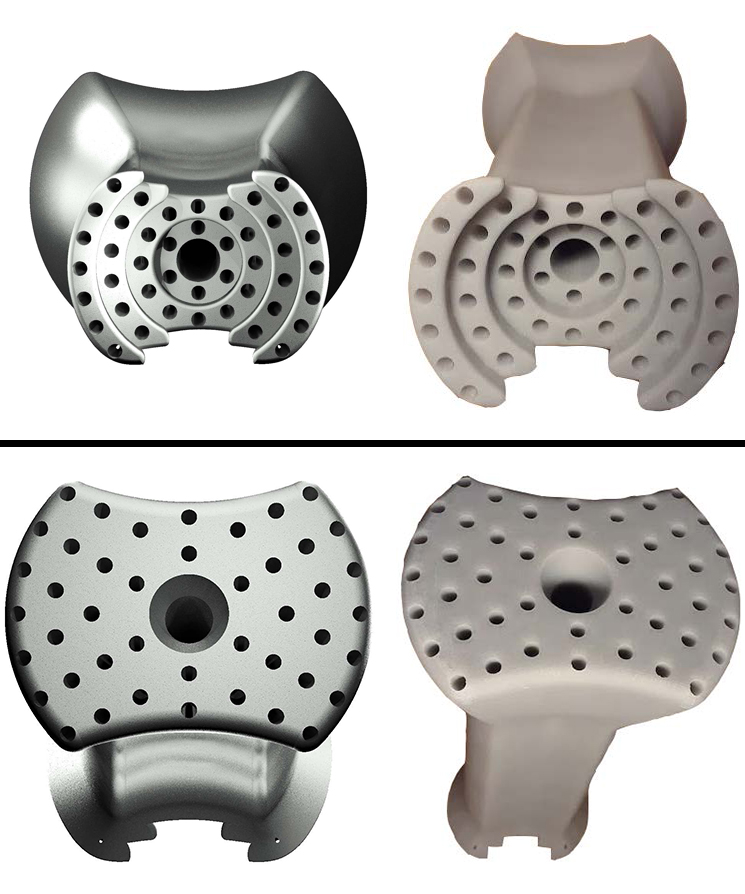
Healthcare Technologies for Low-Resource Settings Prize: Universal Obturator for Brachytherapy, Rice University
Elisa Arango, Susannah Dittma, Krithika Kumar, Lauren Payne, Sanika Rane
This is a low-cost 3D printed device that could help expand treatment of late-stage cervical cancer in areas where medical providers do not have the training or expertise to administer brachytherapy (radioactive implants).
Click here to watch a video on this project
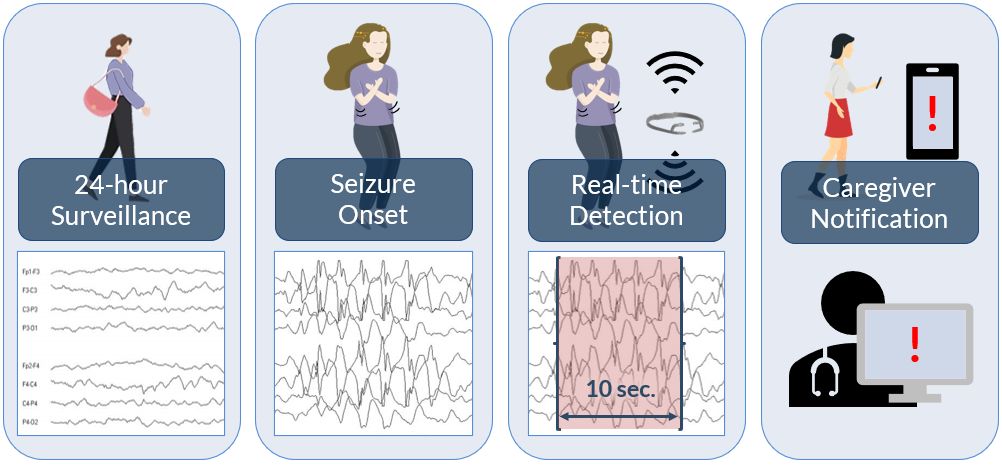 VentureWell Venture Prize: NeuroTrak, Columbia University
VentureWell Venture Prize: NeuroTrak, Columbia University
Brandon Cuevas, Abhinav Kurada, Panagiotis Oikonomou, Juan Rodriguez
The NeuroTrak is designed to consistently collect electroencephalography (EEG) data in real time to monitor Focal with Impaired Awareness (FIA) seizures. It can increase the accuracy of seizure information over self-reported data and can help doctors make more informed treatment decisions.
Click here to watch a video on this project
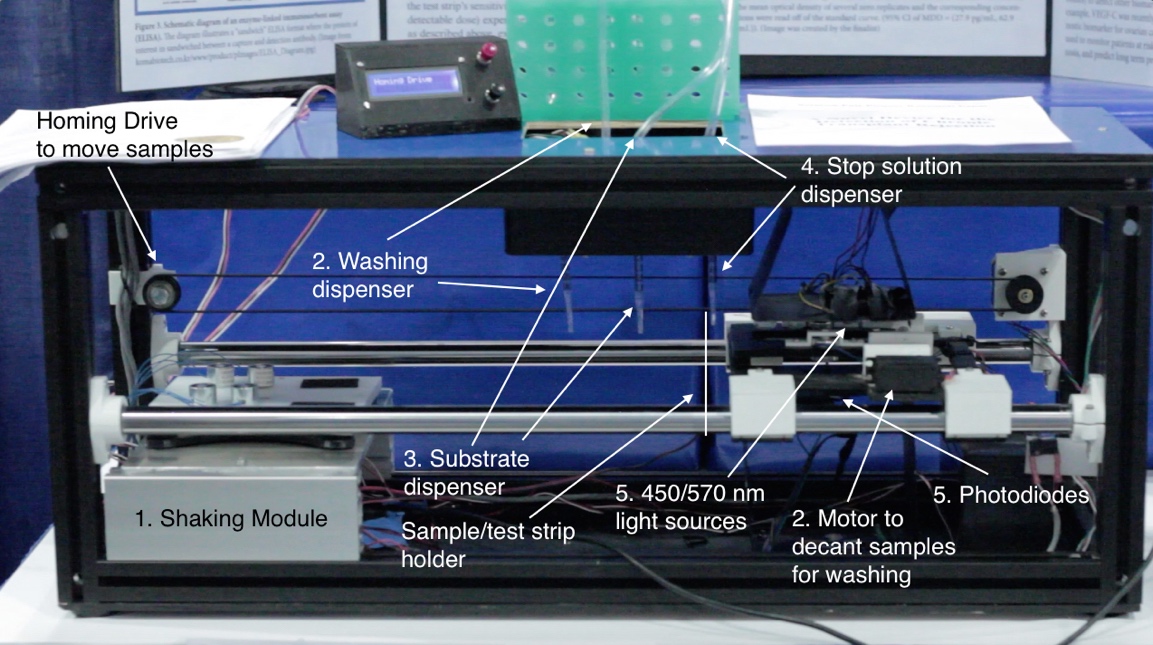 VentureWell Design Excellence Prize: Nephrogen, Standford University
VentureWell Design Excellence Prize: Nephrogen, Standford University
Bowen Jiang, Myles O'Leary, Demetri Maxim
Nephrogen is a urine dipstick test to detect acute kidney injuries. Early detection of kidney injury from conditions such as drug-induced nephrotoxicity, septic shock, or dehydration can increase the odds of survival up to five times. This test is a quick, low-cost way to screen for kidney injuries, especially in low-income environments where there may not be adequate testing resources.
Click here to watch a video on this project
Honorable Mentions:
SipClip: An Assistive Dental Device for People with Dysphagia, Duke University
Click here to watch a video on this project
ViveSense, Columbia University
Click here to watch a video on this project
PneuMed: Bacterial Monitor for Life-Support Patients, Detection of Ventilator-Associated Pneumonia, The University of Texas at San Antonio
Click here to watch a video on this project
EdgeSense: Fiducial Marker to Improve Postoperative Radiation Therapy, Johns Hopkins University
Click here to watch a video on this project
CranioGrip, Clemson University
Click here to watch a video on this project
